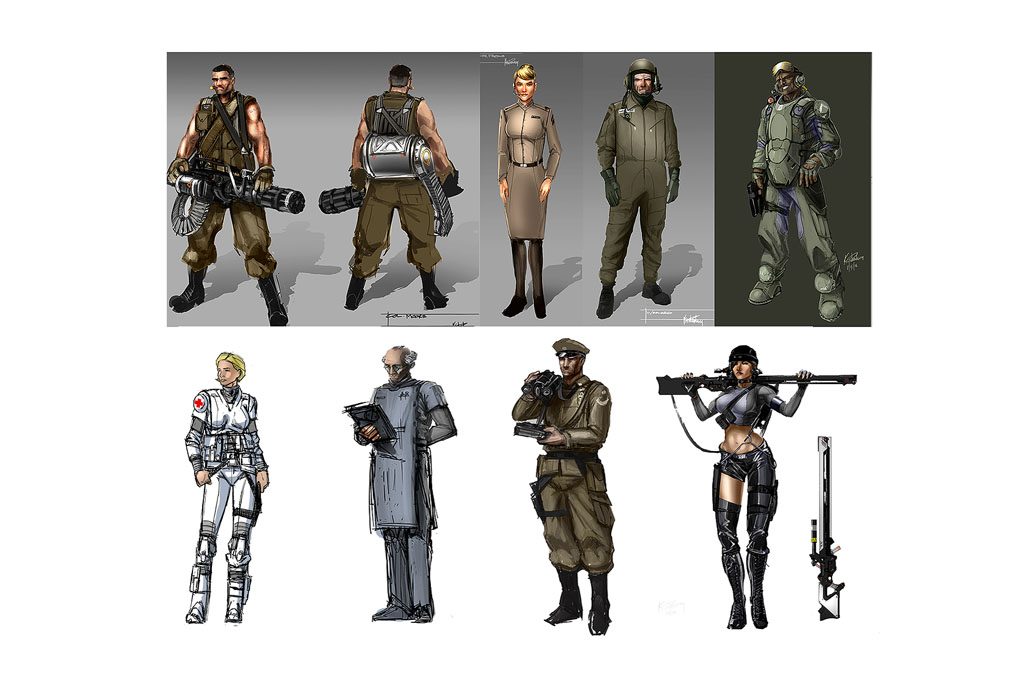

In the process of fighting war crimes, he insists, we have “forgotten the crime of war.” The humanization of war has normalized war itself, transforming it from an episodic to a prolix phenomenon.

To explore the emergence of “humane war” as a now hegemonic idea in US foreign policy, Moyn begins the book with a rhetorical question: “Is it good enough - is it good at all - that American war could someday become as humane as advocates both within and outside government can make it?” His answer to this question is clear: No, it isn’t good at all. His latest book similarly highlights the way “humane war” serves as a conceptual Trojan Horse for a dystopic new reality: a deterritorialized form of American endless-war-making, carried out by drones and special forces, in which one side has “complete immunity from harm” but takes “unprecedented care when it comes to killing people on the other.” Over the last half-century, according to Moyn, liberal activists, organizations, states, and (most notably) international lawyers, have thrown their weight behind the development of international norms grounded in our shared, universal “humanity.” In The Last Utopia, Moyn described how the world’s great powers weaponized these norms against anti-colonial and Third Worldist movements in the 1970s and ’80s. Samuel Moyn’s Humane: How the United States Abandoned Peace and Reinvented War follows the historical ascendance of the idea that war should be fought “humanely.” The book is an important extension of themes he has been developing since his critical account of “human rights” in 2010’s The Last Utopia: Human Rights in History.

Review of Humane: How the United States Abandoned Peace and Reinvented War by Samuel Moyn (Farrar, Straus and Giroux, 2021)


 0 kommentar(er)
0 kommentar(er)
